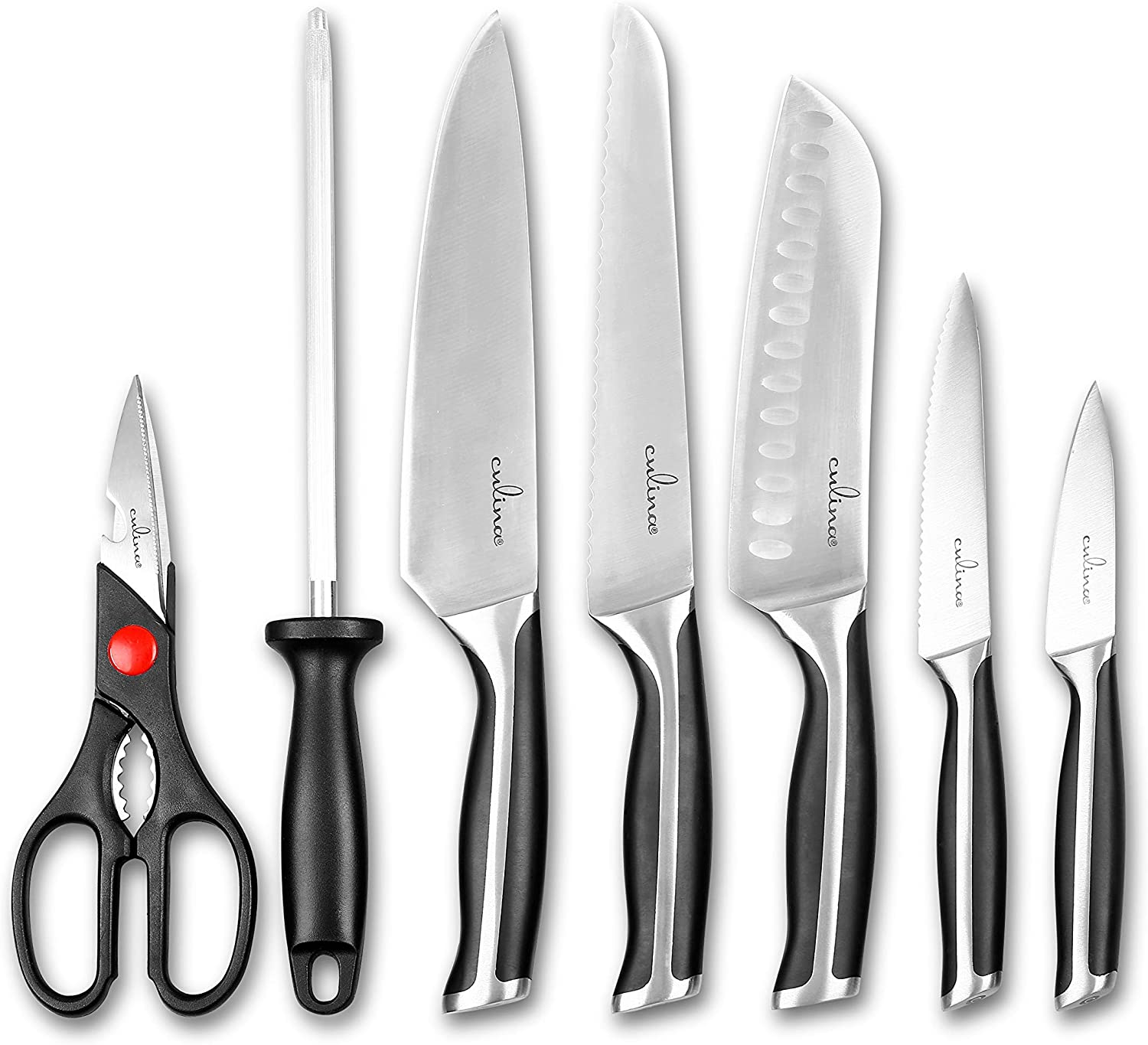What is the purpose of a saucepan? This frequently asked question is essential for kitchen professionals who desire to enhance their culinary skills. A saucepan is an indispensable piece of kitchen equipment that plays a vital role in various cooking processes. Whether you're boiling, simmering, or preparing sauces, understanding its purpose can significantly affect the quality of your dishes.
The saucepan is primarily designed for cooking over direct heat and is characterized by its tall, straight sides and a long handle. Its shape enables even heat distribution, allowing for precise cooking techniques which are vital for creating gourmet meals.

Understanding the Anatomy of a Saucepan
The basic structure of a saucepan includes the following elements:
- Material: Saucepans come in various materials such as stainless steel, aluminum, and non-stick surfaces, each offering different cooking benefits.
- Size: Sizes vary from smaller models perfect for sauces to larger ones suitable for boiling pasta.
- Handle: A long handle ensures safe maneuvering while preventing burns.
- Lid: Many saucepans have lids that help retain heat and moisture.

Primary Functions of a Saucepan
When asking what is the purpose of a saucepan, it is essential to consider its versatility. Here are its primary functions:
1. Boiling and Simmering
One of the simplest uses of a saucepan is boiling water. Whether it's for cooking pasta, rice, or blanching vegetables, its design allows for quick boiling and efficient simmering, essential for infusing flavors into stews or sauces.
2. Preparing Sauces
Many chefs rely on saucepans for creating sauces. The tall sides of a saucepan help prevent splattering while reducing sauces down to the perfect consistency. For instance, sauces like bchamel or marinara require careful attention, which can be easily managed using a saucepan.
3. Steaming
Using a saucepan with a fitted steamer basket can help in steaming vegetables or seafood efficiently. This method helps preserve nutrients and flavor while ensuring even cooking.
4. Searing
While not its most common use, a heavy-bottomed saucepan can also be used for searing proteins. A high heat level allows for excellent browning, which is vital for flavor-building in dishes.

Choosing the Right Saucepan for Your Needs
Given the various functions and designs, choosing the right saucepan is critical. Here are a few considerations:
- Material: Stainless steel offers durability, while non-stick surfaces make for easy cleanup.
- Size: Consider your cooking needs. A larger saucepan is suitable for family meals, while smaller ones are perfect for sauces.
- Handle Design: Look for a saucepan with an ergonomic handle that ensures comfort and safety during cooking.

Common Mistakes to Avoid when Using a Saucepan
While saucepans are straightforward to use, common mistakes can hinder effectiveness. Here are a few:
- Using High Heat: Many professionals mistakenly cook at excessively high temperatures, risking uneven cooking or burnt food.
- Neglecting the Lid: Failing to use the lid can lead to longer cooking times and loss of moisture.
- Overcrowding: Filling the saucepan to the brim can cause boiling over and uneven cooking.
Maintenance and Care of Your Saucepan
Like any kitchen tool, proper care extends the life of your saucepan. Heres how to maintain it:
- Cleaning: Depending on the material, most saucepans can be easily cleaned by hand-washing or in a dishwasher.
- Avoid Abrasives: For non-stick saucepans, use soft sponges to avoid scratching.
- Store Carefully: Stack or store items in a way that preserves the surface of your cookware.
Where to Buy a Quality Saucepan?
If you're looking for a quality saucepan, consider options like the Grey Non-Stick Saucepan. A good saucepan combines durability with efficient heat conduction, making it a worthy investment for any kitchen professional.
Conclusion
Understanding what is the purpose of a saucepan not only enhances your culinary skills but also your appreciation for this essential kitchen tool. Its versatility allows chefs to perform a wide range of cooking techniques, making it a must-have in any kitchen. By choosing the right saucepan and using it appropriately, you can elevate your cooking experience and the quality of your dishes.
FAQs
What kinds of food can I cook in a saucepan?
You can cook a variety of foods in a saucepan, including soups, sauces, grains, and even steamed vegetables.
Can I use a saucepan on high heat?
While it is possible to use a saucepan on high heat, moderate heat is often recommended to prevent burning and uneven cooking.
Are there different types of saucepans?
Yes, saucepans come in various materials such as stainless steel, non-stick, and cast iron, each suitable for different cooking needs.
As an Amazon Associate, I earn from qualifying purchases.






Leave a comment
This site is protected by hCaptcha and the hCaptcha Privacy Policy and Terms of Service apply.